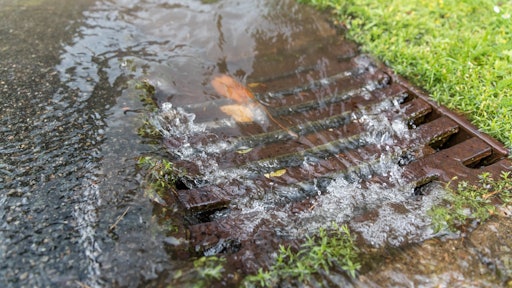
This practice is often underestimated, but its significance cannot be overstated. By removing debris, sediment, and pollutants from streets and roadways, street sweeping helps maintain the health of our waterways and the environment as a whole. The following are the major reasons why street sweeping is the ‘first line of defense’ when it comes to reducing pavement-based stormwater pollution runoff.
One of the key reasons why street sweeping is vital for stormwater management is its ability to prevent the buildup of pollutants on streets and pavements. Roads and urban surfaces accumulate a variety of contaminants, including pesticides, litter, oil and grease, heavy metals, and sediment. When it rains, these pollutants are carried by stormwater into the nearest water bodies, such as rivers, lakes, and streams. Street sweeping acts as a barrier to this pollution by regularly removing these substances before they have a chance to wash into waterways.
Furthermore, street sweeping helps to reduce the risk of localized flooding during heavy rain events. Accumulated debris and sediment on streets can clog stormwater drains and impede the flow of water, leading to urban flooding. By keeping streets clean, street sweeping ensures that stormwater can efficiently drain away, reducing the likelihood of flooding and the associated property damage.
Street sweeping also contributes to the protection of aquatic ecosystems and the overall water quality. Pollutants carried by stormwater can be harmful to aquatic life and disrupt ecosystems. Regular street sweeping minimizes the introduction of these pollutants, safeguarding the health of fish, plants, and other organisms in our water bodies.
In addition, clean streets enhance the aesthetic appeal of communities and promote public health. Litter-free streets and reduced pollution levels create a more pleasant living environment, while also reducing health risks associated with polluted water.

























